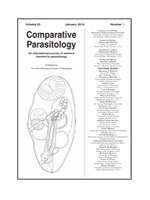BioOne.org will be down briefly for maintenance on 13 August 2025 between 18:00-21:00 Pacific Time US. We apologize for any inconvenience.
Research Articles (12)
Historical Aside (1)
Research Notes (7)
Announcements (2)

No abstract available
No abstract available
No abstract available
